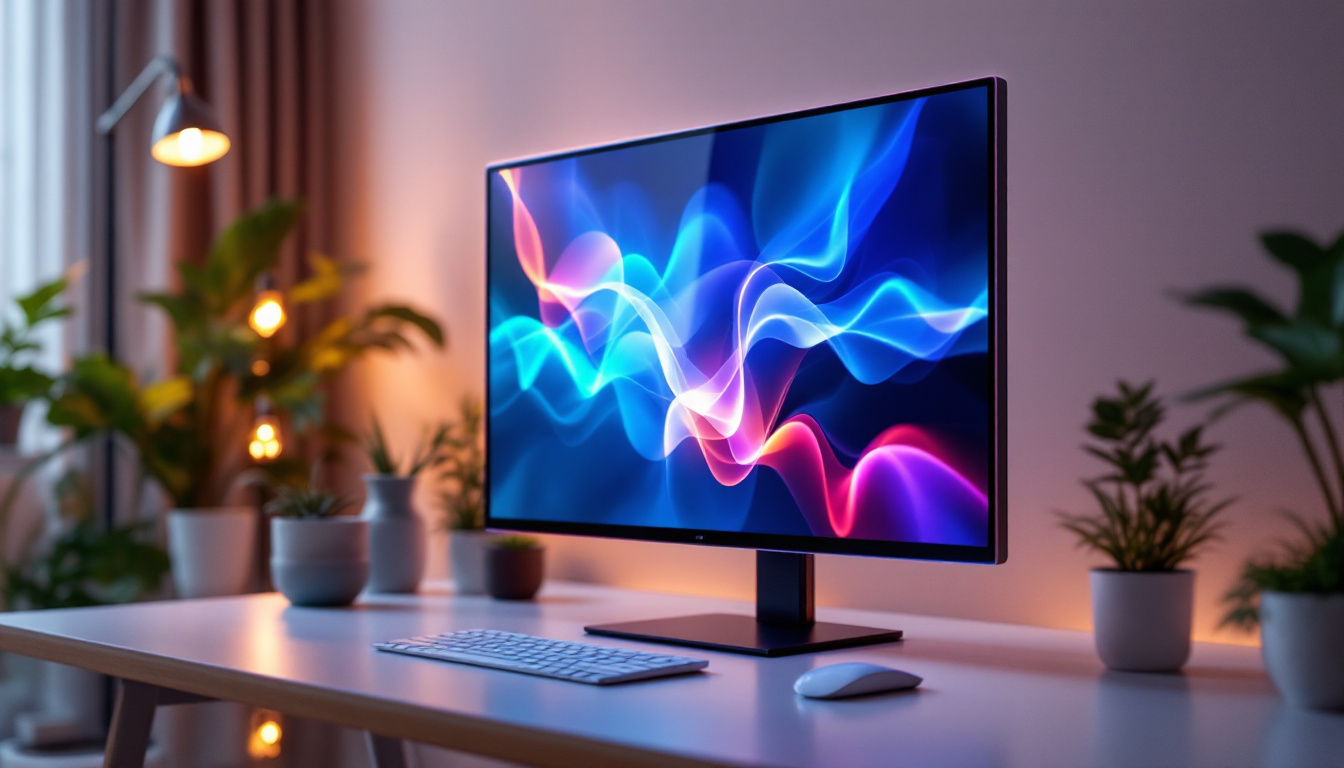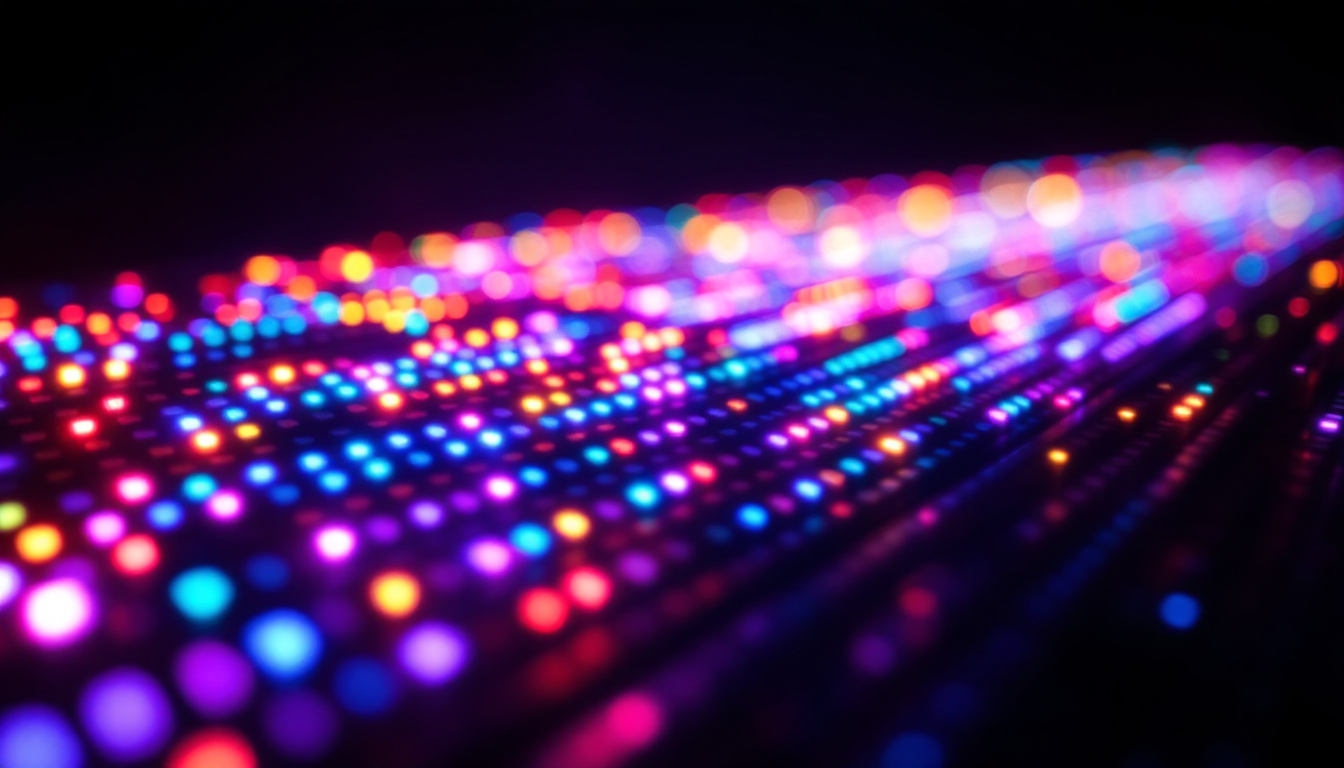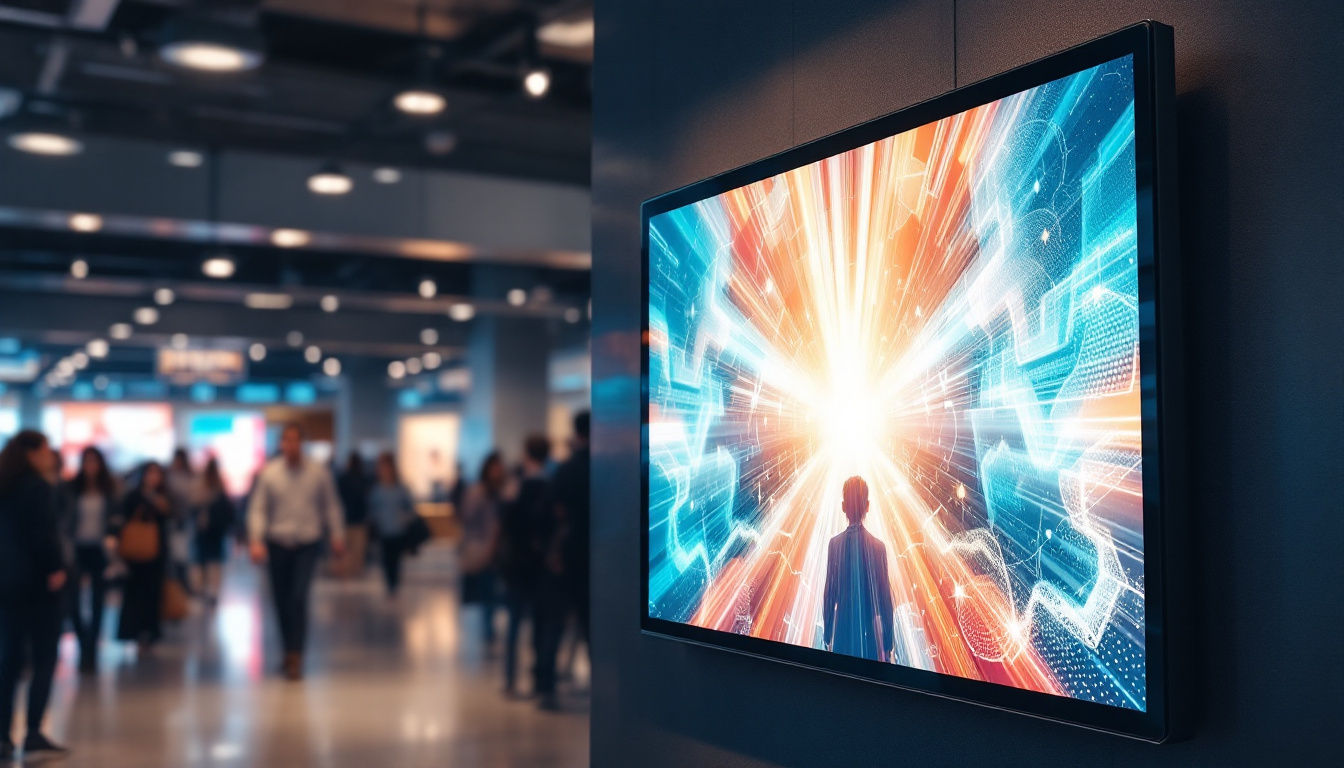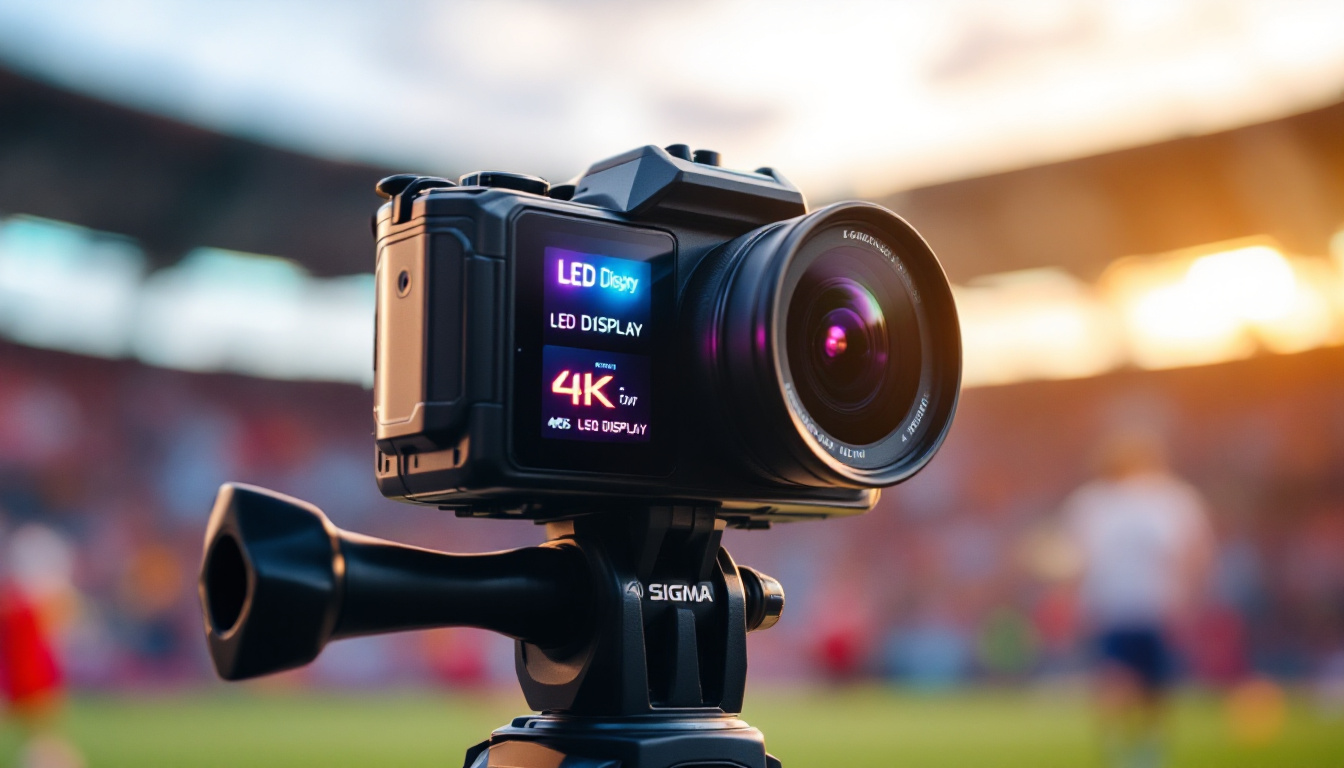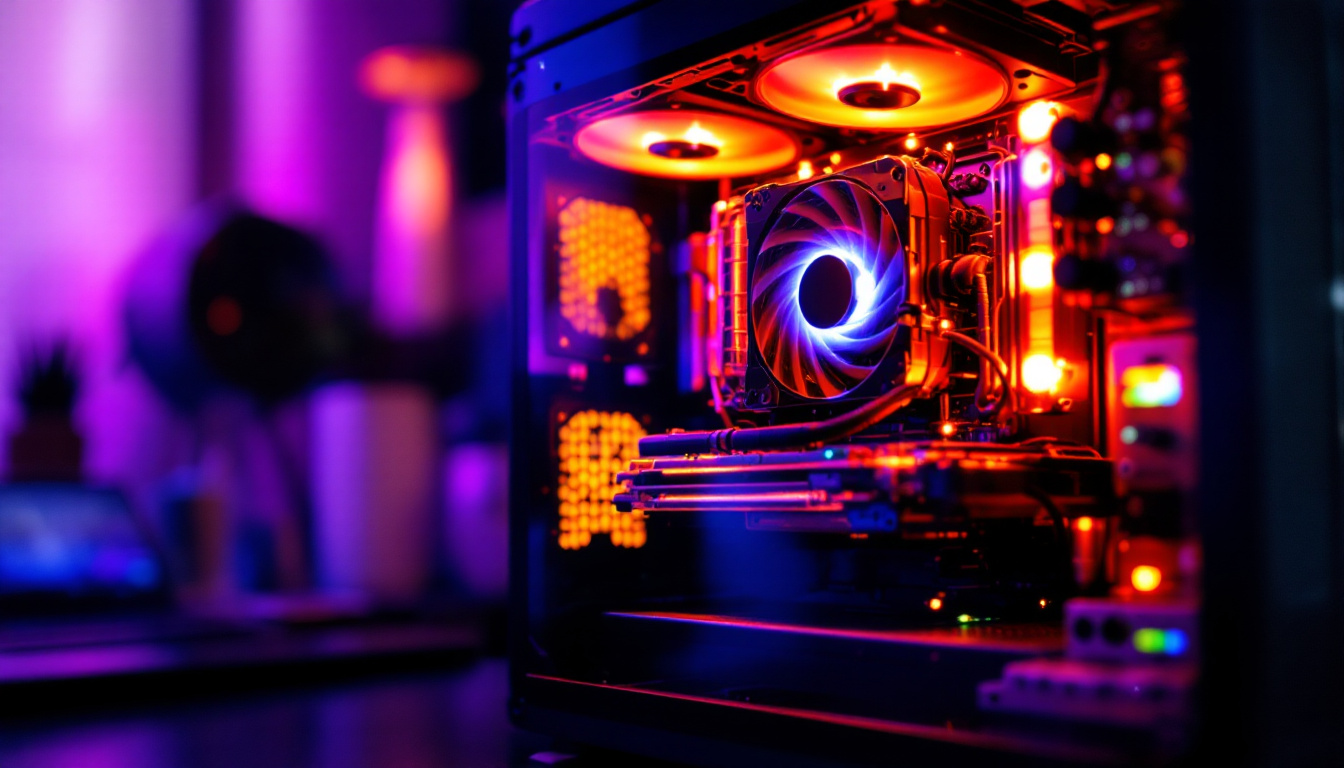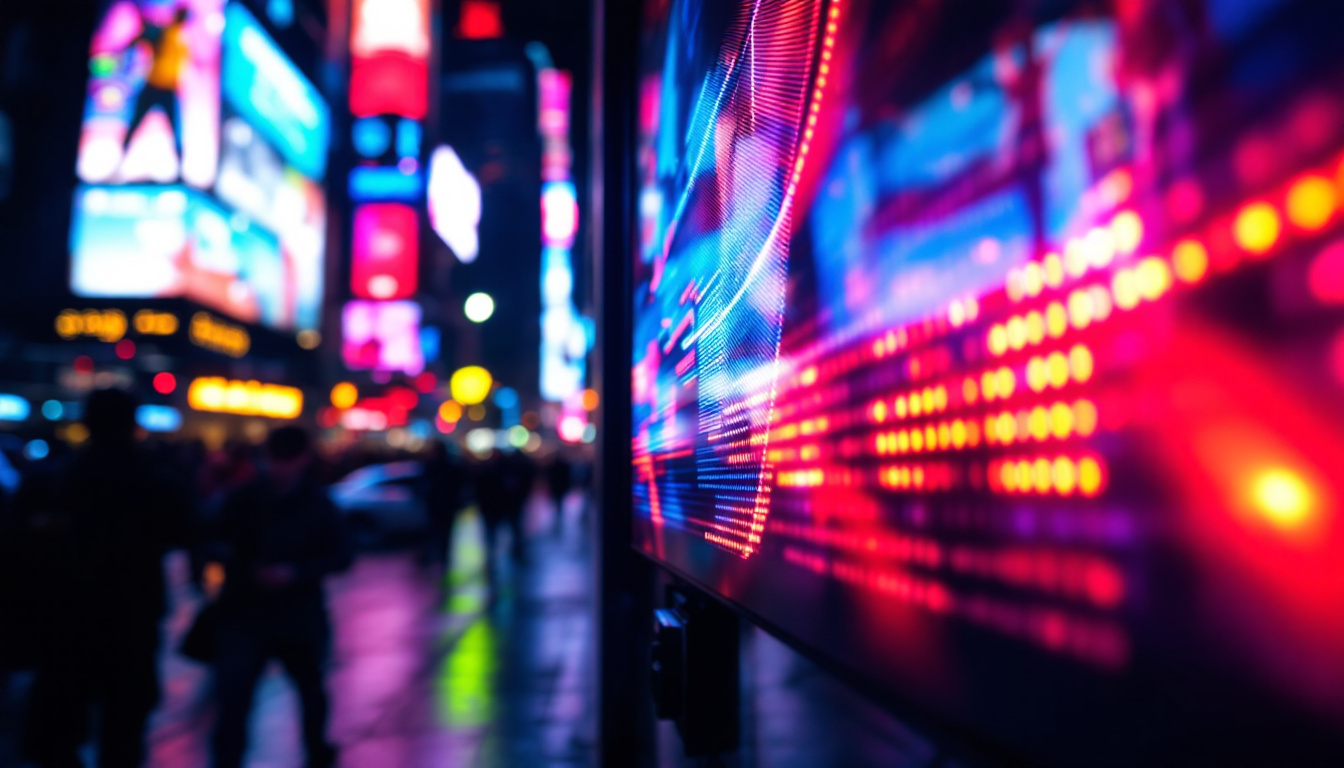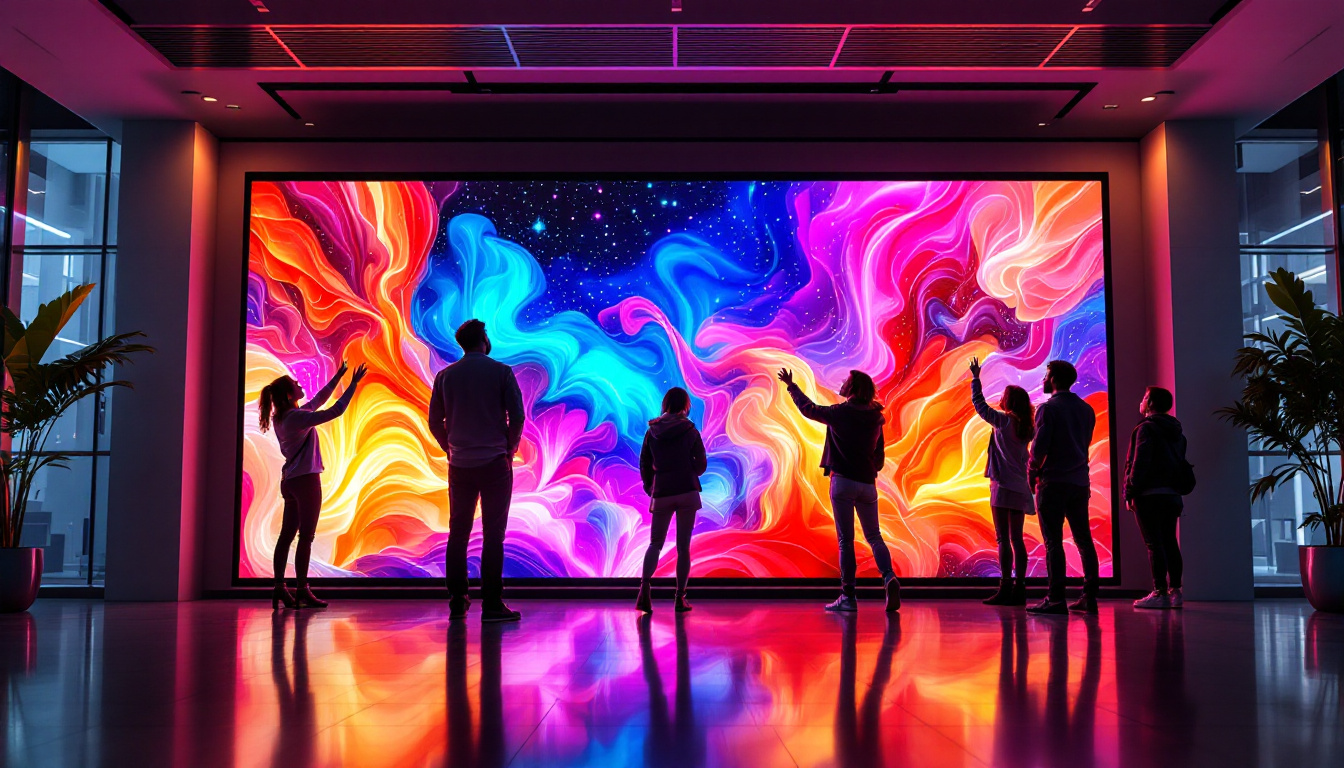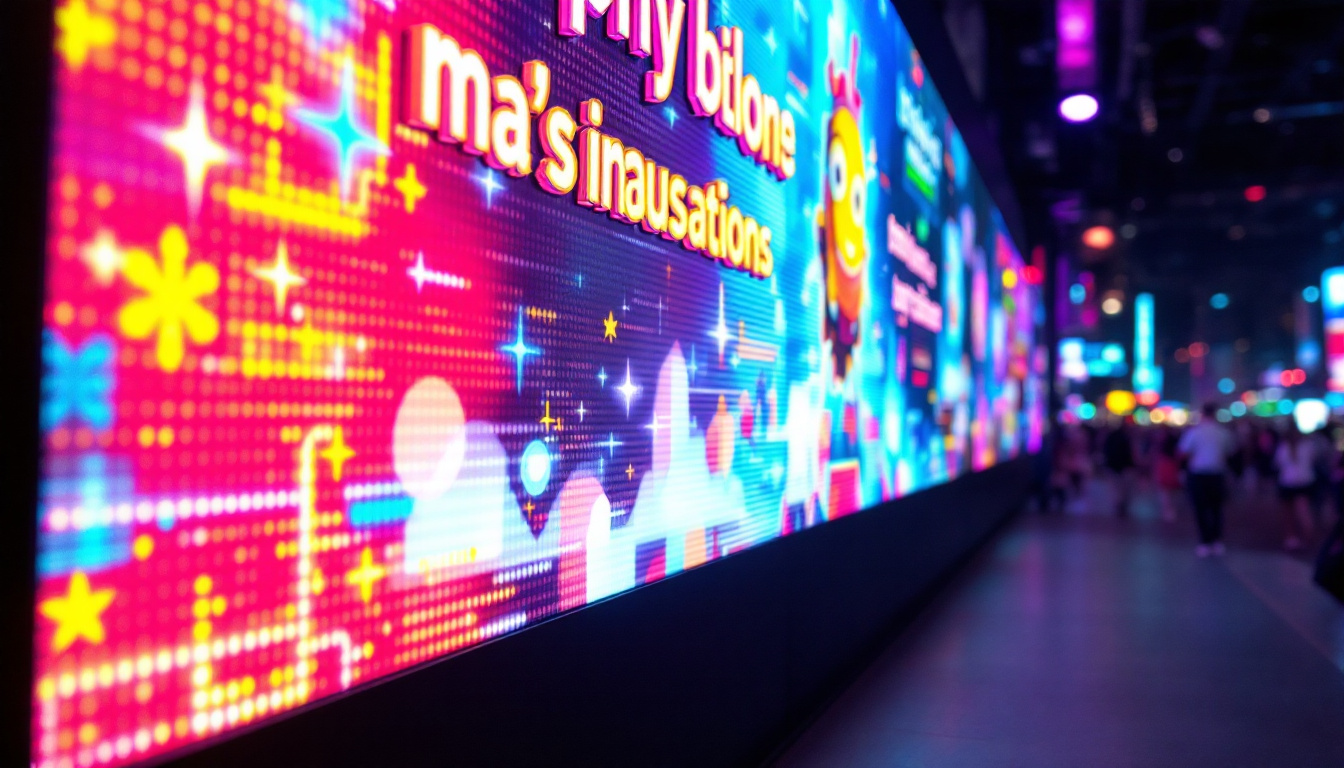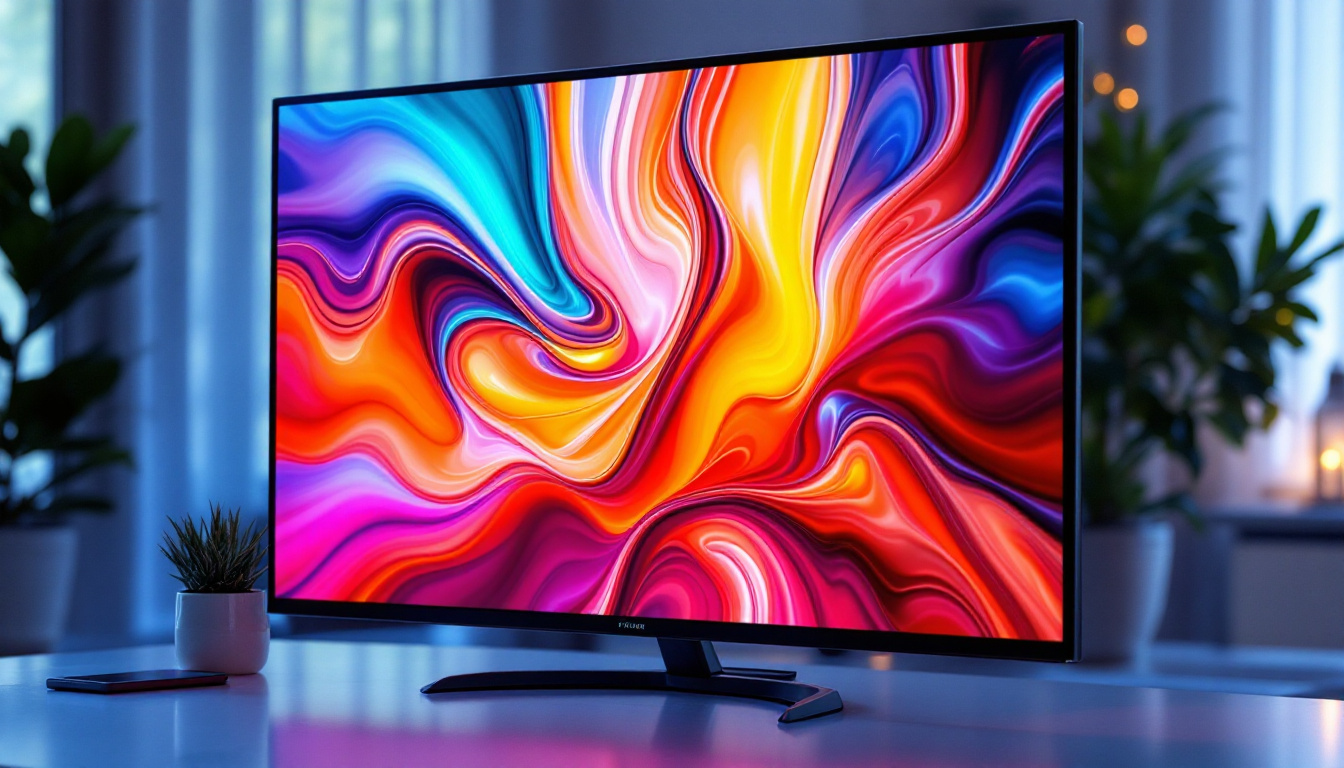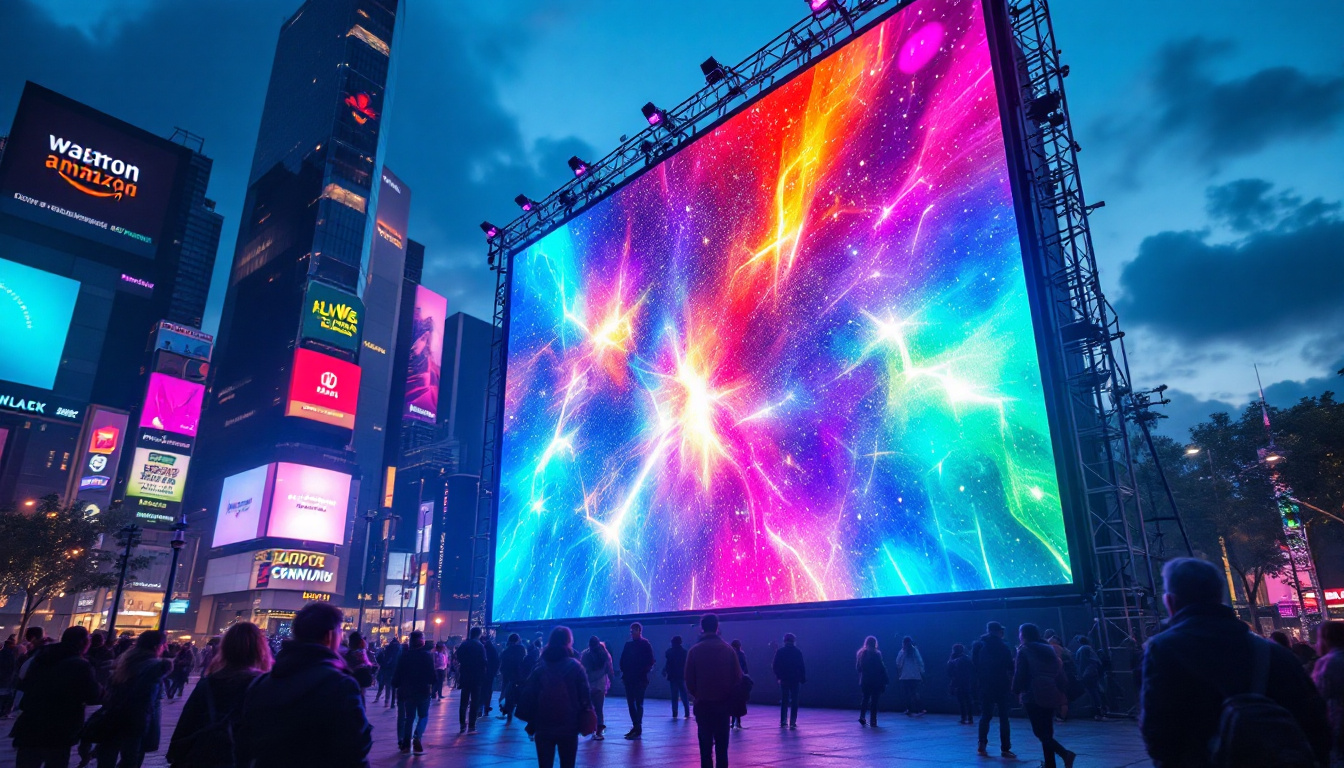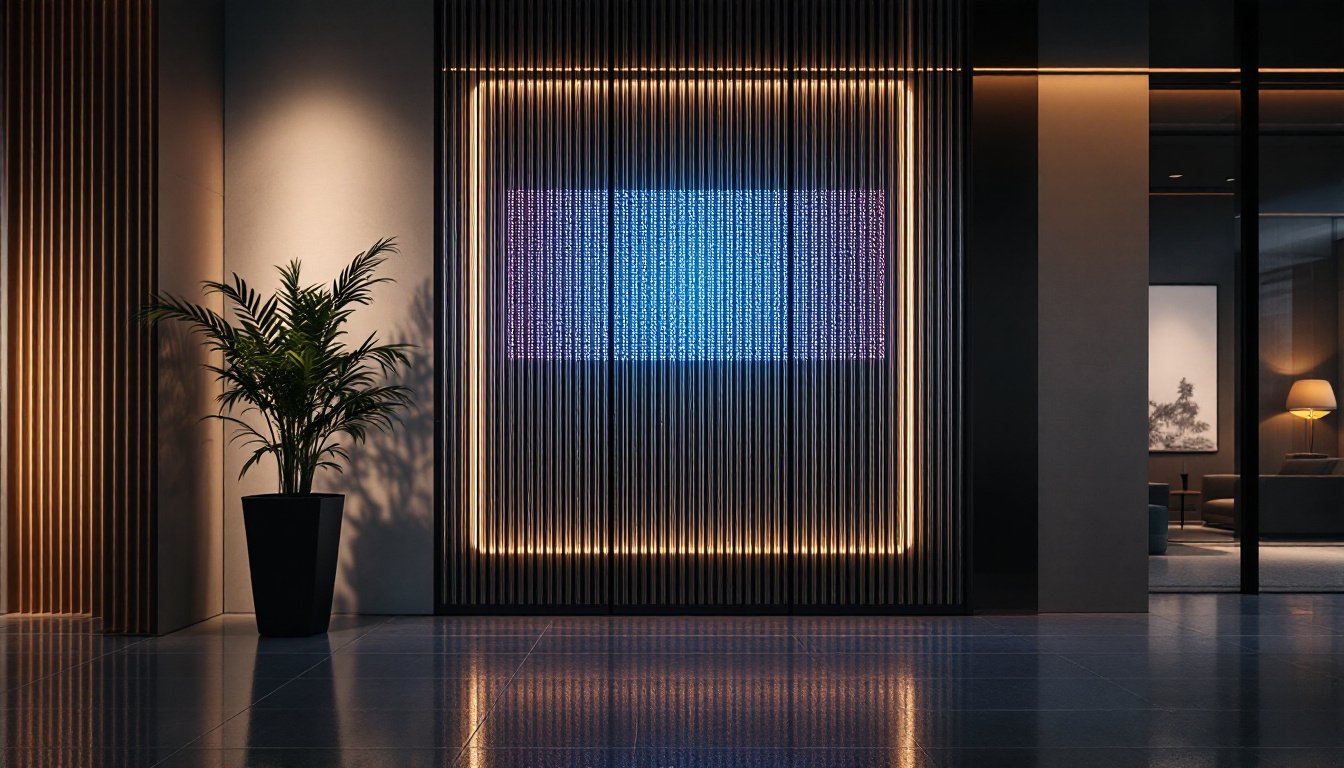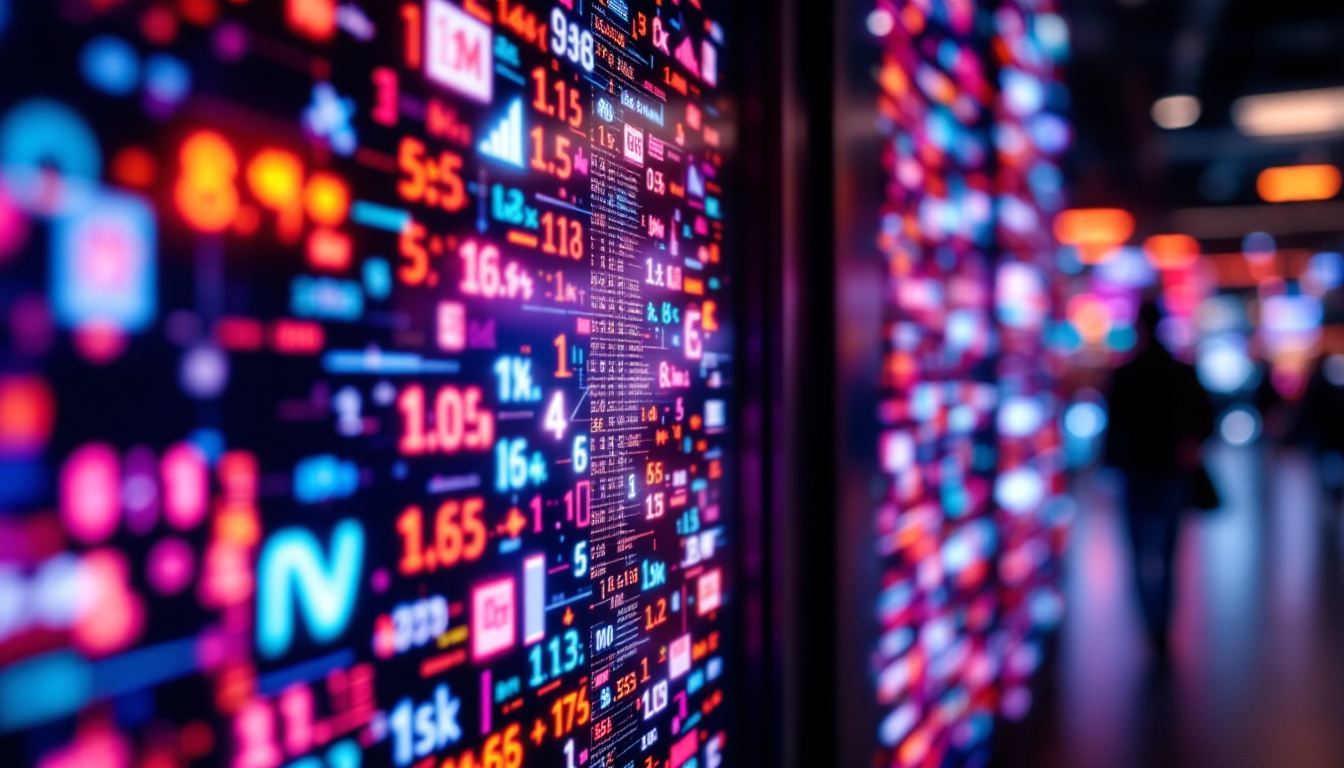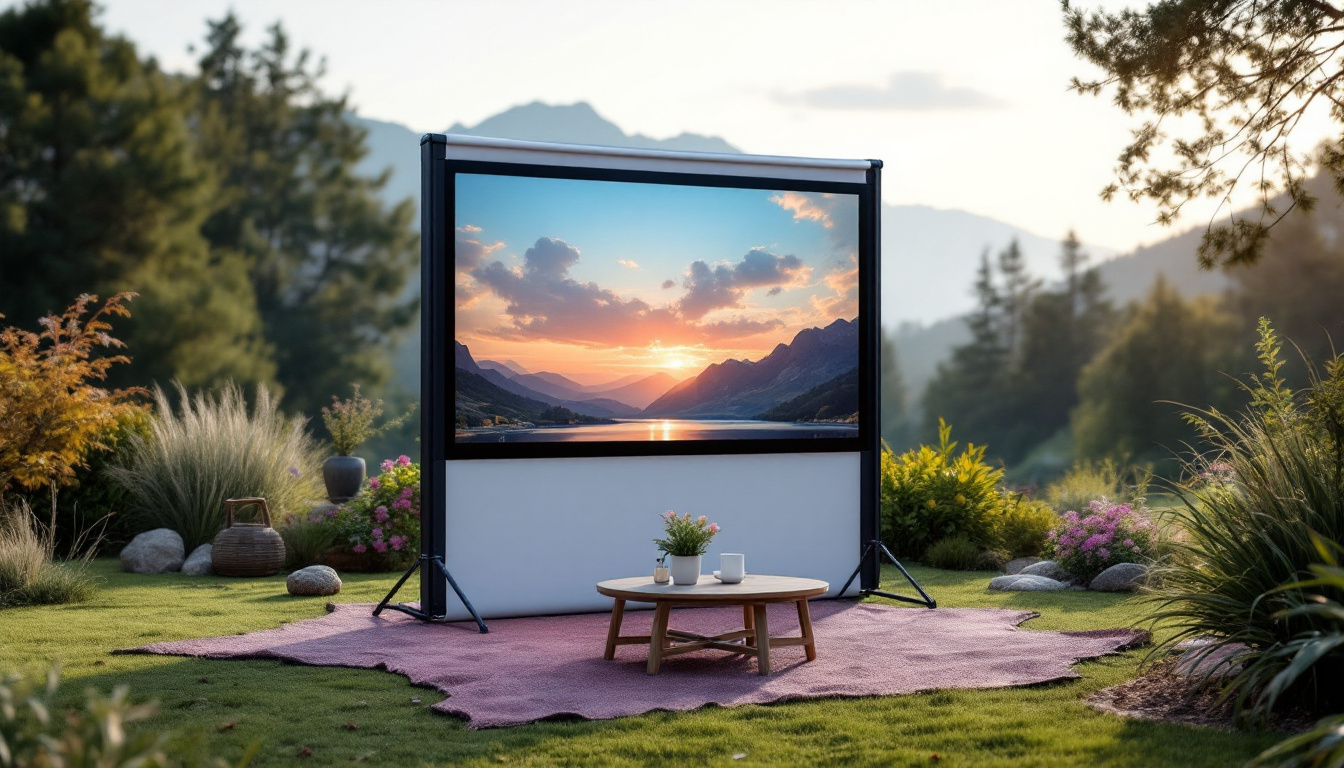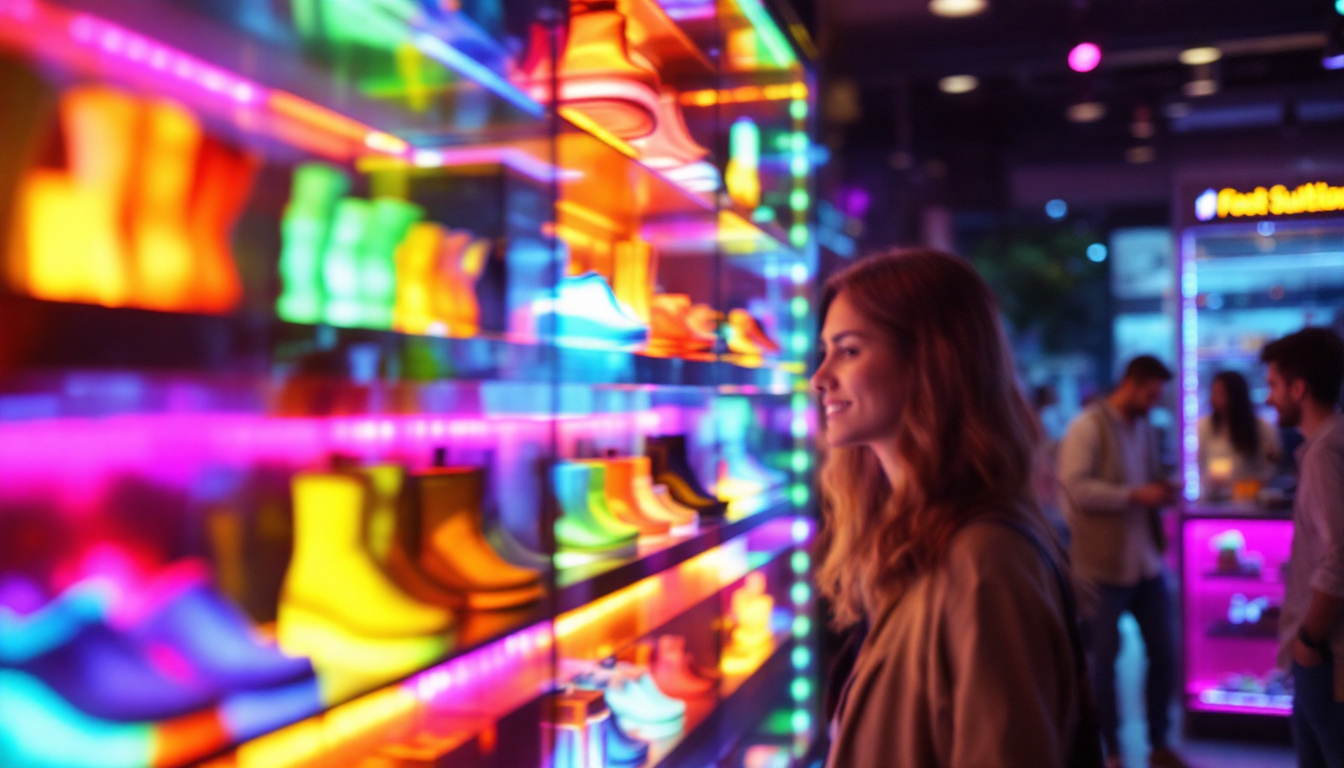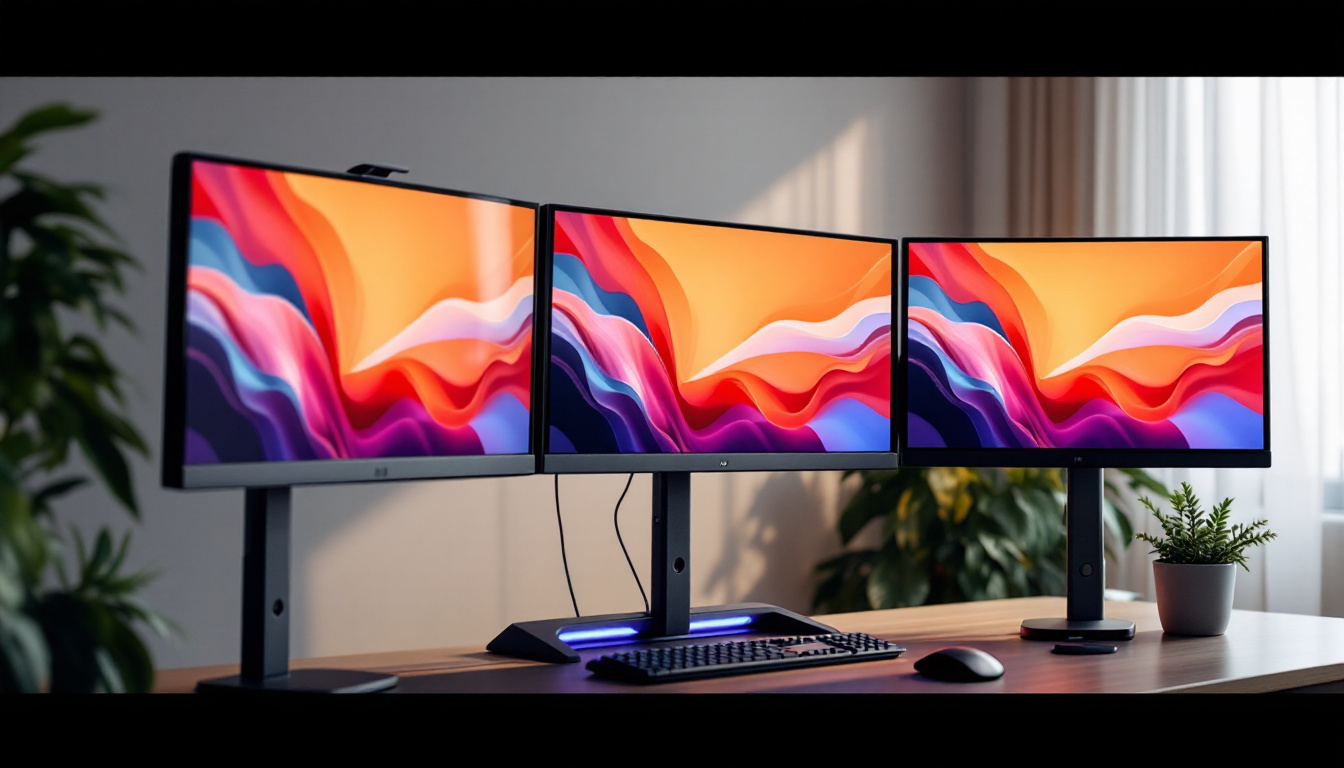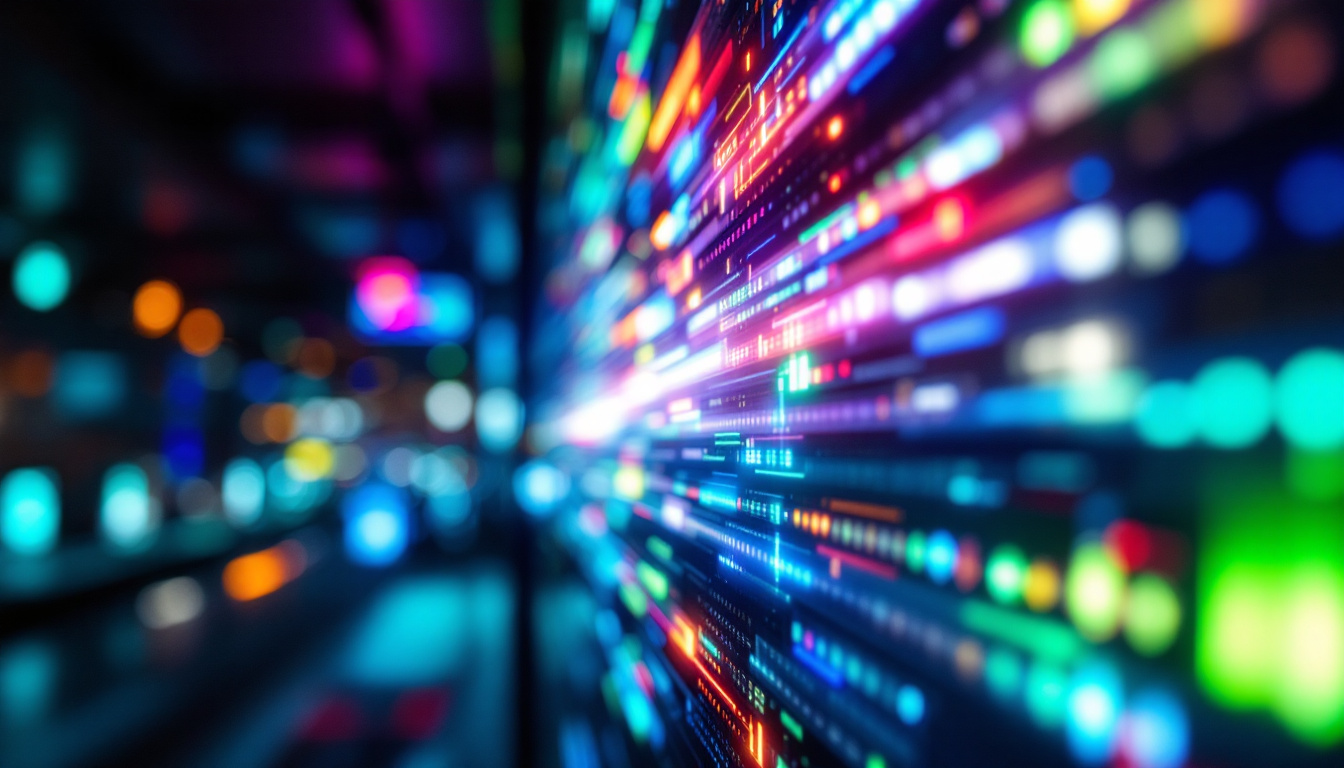In recent years, technology has made significant strides, leading to innovative products that challenge traditional concepts of display. One such innovation is the transparent monitor. This fascinating piece of technology combines the functionality of a typical LED display with a unique transparent design, offering a glimpse into the future of visual communication. This article explores the workings, applications, and implications of transparent monitors, providing a comprehensive understanding of this emerging technology.
What is a Transparent Monitor?
A transparent monitor is a display that allows users to see through it while still presenting images and videos. Unlike conventional screens, which are opaque and can obstruct the view behind them, transparent monitors utilize advanced display technologies to create a semi-transparent effect. This feature enables users to interact with digital content while maintaining visibility of their surroundings. The innovative design of transparent monitors opens up a myriad of possibilities for various applications, from retail displays to interactive art installations.
How Transparent Monitors Work
Transparent monitors primarily rely on LED (Light Emitting Diode) technology. The core principle involves the use of OLED (Organic Light Emitting Diode) panels, which can emit light without the need for a backlight. This characteristic is crucial for achieving transparency, as it allows the monitor to display images while letting ambient light pass through. The technology behind these monitors has evolved significantly, allowing for better clarity and color accuracy, making them suitable for both commercial and personal use.
When an image is projected onto a transparent OLED screen, the pixels can be turned on or off independently. This means that the display can show vibrant colors and detailed images while still allowing light to filter through, creating a see-through effect. The result is a captivating display that merges the physical and digital worlds. As a result, transparent monitors are increasingly being used in augmented reality applications, where they can overlay digital information onto the real world, enhancing user experiences in fields such as education, training, and entertainment.
Key Features of Transparent Monitors
Transparent monitors come with several notable features that set them apart from conventional displays. These features include:
- High Transparency: The ability to maintain a high level of transparency while displaying content is a defining characteristic of transparent monitors.
- Vivid Colors: Thanks to OLED technology, these monitors can produce vibrant colors and deep contrasts, enhancing the viewing experience.
- Touch Capability: Many transparent monitors are equipped with touch-sensitive technology, allowing users to interact with the display directly.
- Lightweight Design: Transparent monitors are generally lightweight and slim, making them easy to integrate into various environments.
Moreover, the versatility of transparent monitors extends beyond traditional uses. In retail environments, for instance, they can be utilized as eye-catching advertising displays that allow customers to view products behind the screen while simultaneously engaging with promotional content. This dual functionality not only enhances customer interaction but also creates a futuristic shopping experience. In the realm of smart homes, transparent monitors can serve as interactive windows, providing users with information like weather updates or notifications without obstructing the view outside. As technology continues to advance, the potential applications for transparent monitors are boundless, promising to transform the way we interact with digital content in our daily lives.
Applications of Transparent Monitors
The versatility of transparent monitors opens up a wide range of applications across different industries. From retail to education, the potential uses are vast and varied.
Retail and Advertising
In the retail sector, transparent monitors are revolutionizing the way brands engage with customers. These displays can be integrated into storefronts, allowing retailers to showcase products while maintaining visibility into the store. This creates an immersive shopping experience, as customers can see both the products and the digital content simultaneously.
Moreover, transparent monitors can be used for dynamic advertising. Brands can display promotional content on the screen while allowing potential customers to see through to the products behind. This innovative approach not only attracts attention but also enhances brand visibility. Retailers can also use these monitors to provide additional information about products, such as pricing, features, and even customer reviews, all while maintaining an open and inviting atmosphere in their stores.
Furthermore, the use of transparent monitors can extend to interactive displays that engage customers in a more personalized manner. For example, shoppers could use touch capabilities to explore product details or even customize items in real-time, creating a unique shopping experience that blends the physical and digital worlds seamlessly.
Education and Training
In educational settings, transparent monitors can serve as powerful teaching tools. They can be used to display interactive lessons, allowing educators to overlay digital content onto physical objects. For instance, in a science class, a transparent monitor can show animations of biological processes while students observe real specimens underneath.
Additionally, training simulations in fields such as medicine or engineering can benefit from transparent displays. Trainees can visualize complex systems while interacting with real-world equipment, enhancing their learning experience. This technology can also facilitate remote learning, where instructors can share their screens in real-time, allowing students to engage with the material more dynamically, regardless of their physical location.
Moreover, transparent monitors can enhance collaborative projects among students. By allowing multiple users to interact with the same display, groups can brainstorm ideas, visualize concepts, and work together more effectively, fostering a deeper understanding of the subject matter.
Architecture and Design
Architects and designers can utilize transparent monitors to present their concepts in a more engaging way. By overlaying digital models onto physical spaces, clients can gain a better understanding of the design intent. This technology allows for real-time adjustments and visualizations, ultimately leading to improved collaboration and decision-making.
In addition, transparent monitors can be employed in virtual reality environments, where architects can walk clients through a space while simultaneously displaying design elements and materials. This immersive experience not only helps clients visualize the final product but also allows for immediate feedback and modifications, streamlining the design process.
Furthermore, these displays can be integrated into smart building technologies, where real-time data about the environment—such as energy consumption or occupancy levels—can be shown transparently. This not only enhances the aesthetic appeal of the space but also provides valuable insights for both designers and occupants, promoting sustainability and efficiency in modern architecture.
Advantages of Transparent Monitors
Transparent monitors offer several advantages that make them an appealing choice for various applications. These benefits include:
Enhanced User Experience
The unique ability to see through the display while interacting with digital content creates a more engaging user experience. This feature allows for innovative interactions that are not possible with traditional screens.
Space Efficiency
Transparent monitors can help optimize space in environments where traditional displays may take up too much room. By integrating digital content into the physical environment, these monitors can enhance aesthetics without compromising functionality.
Future-Ready Technology
As technology continues to evolve, transparent monitors represent a forward-thinking approach to display solutions. Their potential for integration with augmented reality (AR) and virtual reality (VR) technologies positions them as valuable assets in future applications.
Challenges and Limitations
Despite their numerous advantages, transparent monitors also face challenges and limitations that must be addressed for widespread adoption.
Cost Considerations
Currently, transparent monitors tend to be more expensive than traditional displays due to the advanced technology involved in their production. This higher cost can be a barrier for some businesses and consumers, limiting their accessibility.
Brightness and Visibility
While transparent monitors can produce vivid colors, their visibility can be affected by ambient lighting conditions. In brightly lit environments, the transparency may reduce the clarity of the displayed content, making it challenging to read or view images effectively.
Content Adaptation
Creating content specifically designed for transparent displays can be a challenge. Designers must consider how to effectively utilize the see-through feature, which may require a shift in traditional design practices. This adaptation can be time-consuming and may necessitate additional training for content creators.
The Future of Transparent Monitors
As technology continues to advance, the future of transparent monitors looks promising. Innovations in display technology, such as improved OLED materials and enhanced manufacturing processes, are likely to lead to more affordable and efficient transparent displays.
Integration with Smart Technologies
Transparent monitors are poised to integrate seamlessly with smart technologies, including IoT (Internet of Things) devices. This integration can create interactive environments where users can control various aspects of their surroundings through the transparent display.
Augmented Reality Applications
The potential for augmented reality applications using transparent monitors is vast. Imagine a scenario where users can see digital information overlaid on their physical environment, enhancing their understanding and interaction with the world around them. This capability could revolutionize industries such as tourism, education, and training.
Broader Adoption in Various Sectors
As the technology matures and becomes more affordable, transparent monitors are likely to see broader adoption across various sectors. From healthcare to entertainment, the possibilities are endless. Businesses that embrace this technology early on may gain a competitive edge by offering unique experiences that captivate their audiences.
Conclusion
Transparent monitors represent a groundbreaking advancement in display technology, merging the physical and digital worlds in a way that was once the realm of science fiction. Their applications span numerous industries, offering innovative solutions that enhance user experiences and optimize space. While challenges remain, the future of transparent monitors is bright, with potential integrations into smart technologies and augmented reality. As this technology continues to evolve, it is poised to reshape the way we interact with digital content, making it an exciting area to watch in the coming years.
Discover the Future with LumenMatrix
Step into the future of visual display technology with LumenMatrix. As a pioneer in LED innovation, we invite you to explore our comprehensive range of LED display solutions, including our cutting-edge LED Transparent Display. Whether you’re looking to enhance your retail space, create dynamic advertising, or revolutionize your educational tools, LumenMatrix has the perfect solution to bring your vision to life. Check out LumenMatrix LED Display Solutions and experience the power of advanced visual communication that captivates and engages like never before.

